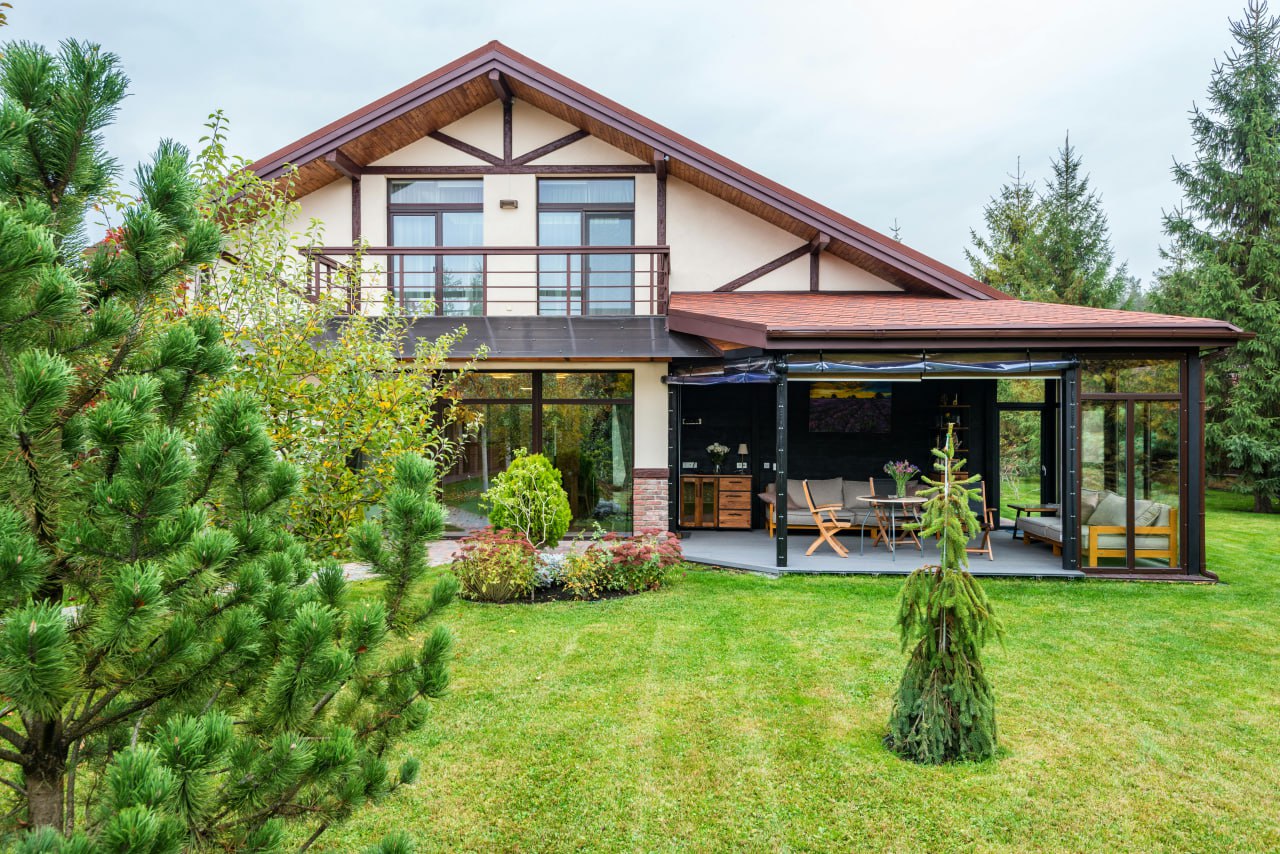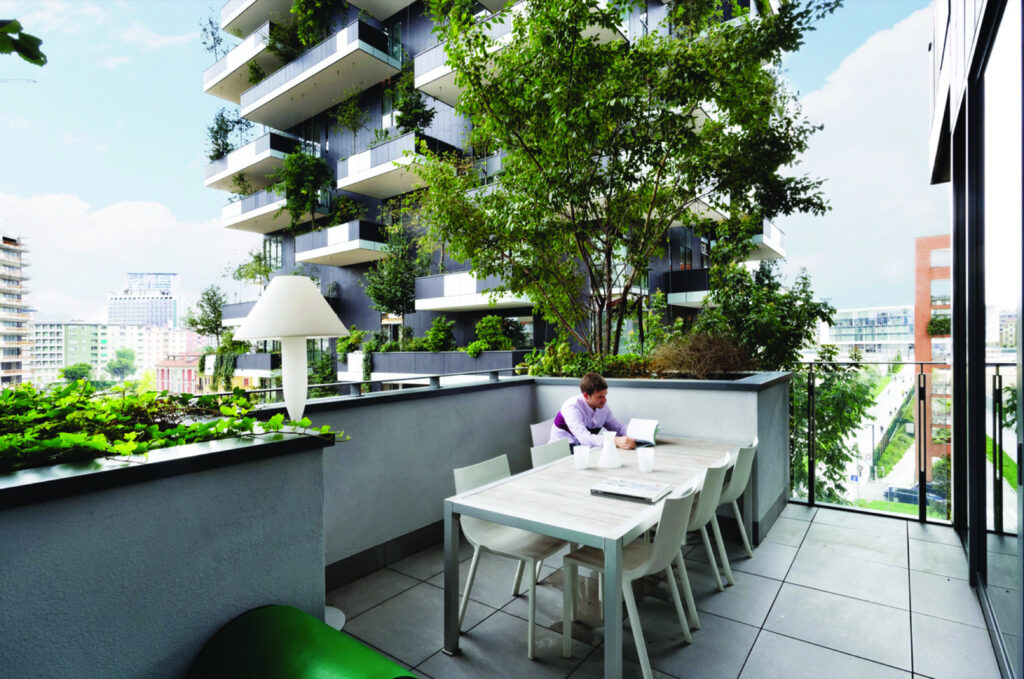The Influence of Built Environments on Cognitive Health and Decline

I offer sustainable design and construction services as a construction…
As life expectancy increases due to improvements in healthcare, nutrition, and sanitation, more people are living into older age. Additionally, rapid urbanization and changes in lifestyle are leading to reduced physical activity and increased stress, which are risk factors for cognitive decline making it a pressing public health and social concern.
While medical advancements play a critical role in addressing this challenge, the built environment’s impact on cognitive health is an emerging area of interest. Understanding how our surroundings influence brain function and mental well-being could provide innovative strategies for cognitive decline and dementia prevention.
What is cognitive decline?
Cognitive decline refers to the gradual deterioration of cognitive functions, which include thinking, memory, attention, language, and problem-solving skills. This decline can vary in severity from mild cognitive impairment (MCI), where individuals experience noticeable changes but can still function independently, to more severe forms, such as dementia, where cognitive deficits significantly impair daily life and independence.
The Built Environment and Cognitive Health
The built environment encompasses all man-made structures and spaces where we live, work, and play. This includes residential buildings, workplaces, public spaces, and urban design elements. The relationship between the built environment and cognitive health is multifaceted, involving sensory stimulation, physical activity, social interaction, and psychological well-being.
1. Sensory Stimulation and Cognitive Engagement
Cognitive decline can be mitigated by engaging environments that can stimulate the brain and support cognitive function. Conversely, it can exacerbated by environments that lack sensory stimulation . Design elements such as varied textures, colors, and natural light can enhance sensory experiences. Incorporating nature through biophilic design—using natural materials, plants, and views of nature—has been shown to reduce stress and improve cognitive performance as well.
2. Physical Activity and Mobility
Regular physical activity is crucial for maintaining cognitive health. Built environments that promote mobility and physical exercise can significantly impact brain health. Walkable neighborhoods with safe, accessible pathways encourage residents to engage in regular walking or cycling. Additionally, providing amenities such as parks, recreational facilities, and green spaces can foster physical activity, which is associated with a reduced risk of cognitive decline.
3. Social Interaction and Community Engagement
Social isolation is a known risk factor for cognitive decline and dementia. Environments that facilitate social interaction can help mitigate this risk. Designing public spaces that encourage community activities, such as plazas, community centers, and gathering spots, can enhance social engagement. Residential designs that promote interaction, such as shared courtyards or communal living arrangements, also support cognitive health by fostering a sense of community and belonging.
4. Psychological Well-being and Stress Reduction
Chronic stress negatively impacts cognitive function and can accelerate cognitive decline. The built environment can play a role in stress reduction by creating spaces that promote relaxation and psychological well-being. Quiet areas, gardens, and restorative environments can provide respite from the hustle and bustle of daily life. Additionally, the presence of natural elements and aesthetically pleasing designs can contribute to a sense of calm and well-being.
Designing for Cognitive Engagement
Incorporating these principles into the design of built environments can help create spaces that support cognitive health and potentially prevent dementia. Here are some practical strategies:
1. Incorporate Nature
Integrate green spaces, gardens, and indoor plants to create a connection with nature. Views of natural landscapes and access to outdoor areas can provide mental restoration and reduce stress.
Example: The Bosco Verticale (Vertical Forest) residential towers in Milan, Italy are covered with trees and plants, providing residents with access to nature even in an urban setting. The design helps reduce stress and improves air quality, benefiting cognitive health.
 PIN IT
PIN IT2. Promote Walkability
Design neighborhoods and communities with pedestrian-friendly infrastructure. Ensure that sidewalks are safe, well-maintained, and connected to key amenities. Incorporate wayfinding elements to support navigation and orientation, particularly for older adults.
 PIN IT
PIN ITExample: The High Line elevated linear park in New York City, USA, is built on a former railway track and features a variety of plants and walking paths. It provides an accessible green space for residents and visitors to enjoy nature and engage in physical activity.

3. Facilitate Social Interaction
Create public spaces that encourage community engagement. Design parks, plazas, and community centers that host regular social events and activities. In residential settings, incorporate communal areas where neighbors can interact and build relationships.
Example: Uhuru park in Nairobi, Kenya serves as the lungs of over 4 million Nairobi residents, shielding them from air pollution. It’s also a green space that reduces ambient heat in cities, mitigates the effects of other forms of pollution and absorbs greenhouse gases. It acts as a simple but socially vital safety valve for ordinary men and women to release some of the pressures of daily life in the city-especially for those who’ve left rural areas for the promise of more and better-paid work in the city and find themselves living in treeless informal settlements or featureless tower

4. Enhance Sensory Experiences
Use varied textures, colors, and lighting to create stimulating environments. Ensure that indoor spaces have ample natural light and good ventilation. Consider acoustics to minimize noise pollution and enhance auditory comfort.
5. Support Mobility and Accessibility
Design environments that are accessible to people of all ages and abilities. Provide amenities such as benches, rest areas, and public transportation options to support mobility and independence.
Conclusion
The influence of built environments on cognitive engagement and health is an important consideration in urban planning and architectural design. By creating spaces that stimulate the senses, promote physical activity, foster social interaction, and enhance psychological well-being, we can support cognitive health. As our understanding of this relationship grows, it offers promising avenues for innovative approaches to public health and urban design, ultimately contributing to healthier, more sustainable and resilient communities.
Subscribe now for updates from Msingi Afrika Magazine!
Receive notifications about new issues, products and offers.
What's Your Reaction?
 PIN IT
PIN ITI offer sustainable design and construction services as a construction project manager and quantity surveyor. I focus on using sustainable materials for building. You can reach me at rnmbiu1@gmail.com
















